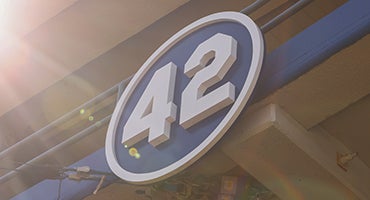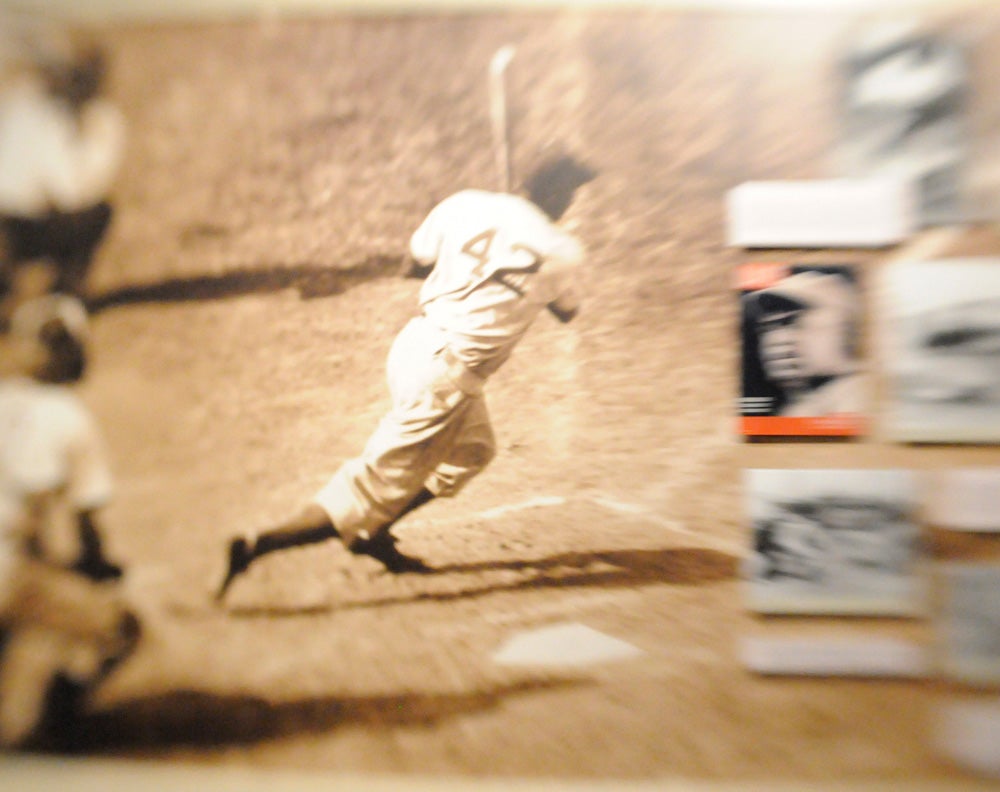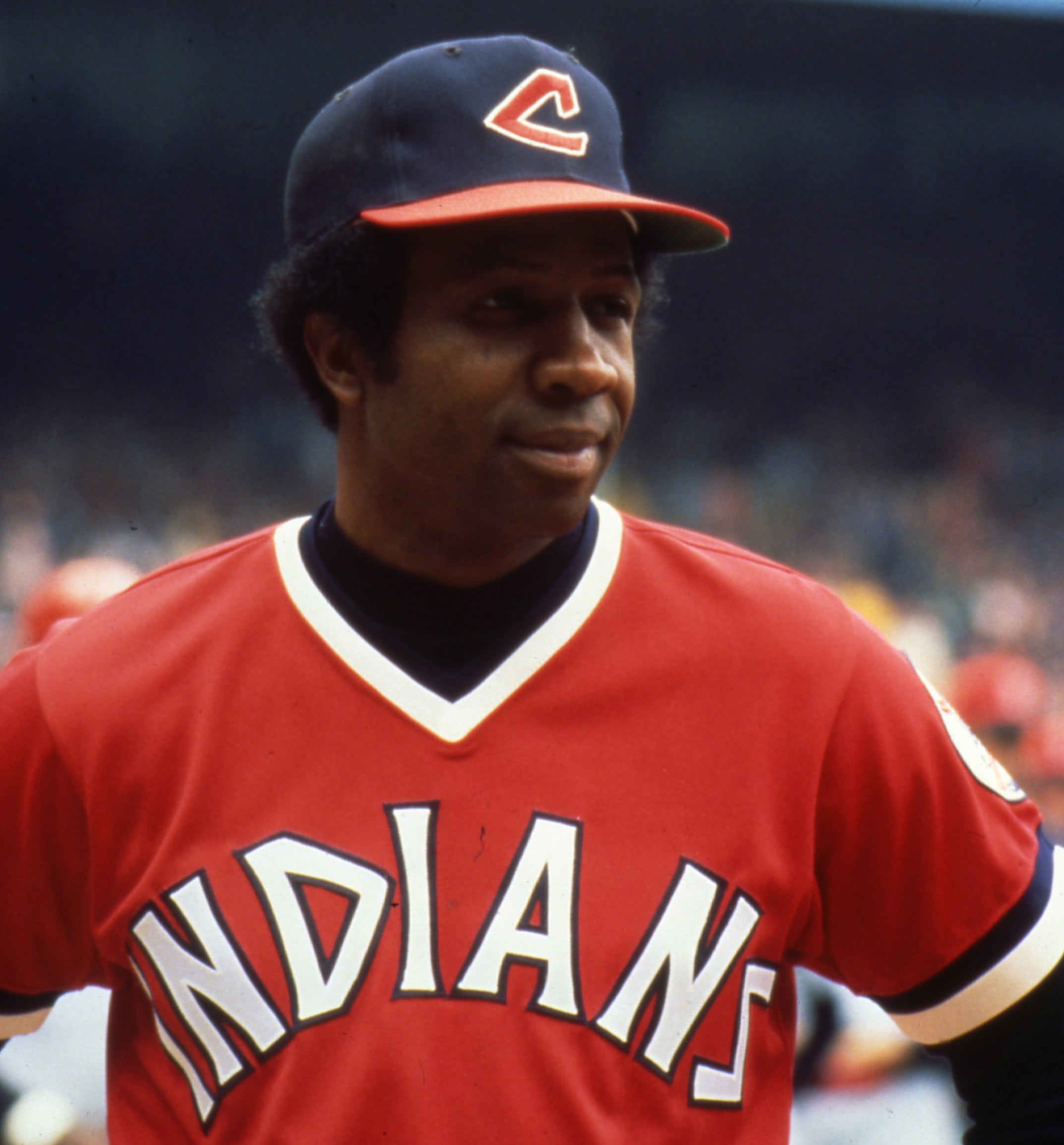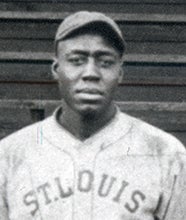- Home
- Our Stories
- Robinson’s Royal history
Robinson’s Royal history
Jackie Robinson has been baseball royalty since his Hall of Fame induction in 1962.
But before becoming royalty, Robinson was a Royal before becoming a Royal.
On Tuesday, Oct. 23, 1945, Branch Rickey and the Brooklyn Dodgers leveled a fatal blow against the color line in the major and minor leagues by signing the Kansas City Monarchs’ Jackie Robinson. By contracting Robinson to play for the Montreal Royals, Brooklyn’s International League affiliate, Rickey struck down a decades-old gentlemen’s agreement which allowed all of organized baseball to remain without African-American players.
Robinson had already suited up in a Royals uniform before 1946 Spring Training – he had been a member of the Kansas City Royals, though not the recent back-to-back American League champs. Robinson played for Chet Brewer’s Kansas City Royals, a California Winter League entry composed solely of Negro Leaguers.
The California Winter League, which began in northern California before the turn of the 20th century and later moved primarily to southern California, lasted until 1947.
Having African Americans play in the California Winter League was nothing new – it was one of the first integrated baseball leagues, since the early 1900s, though none of the teams themselves were integrated. Numerous African Americans who played in the league would eventually find themselves with a plaque in Cooperstown: Rube Foster, Joe Rogan, Jose Mendez, Mule Suttles, Turkey Stearnes, and, of course, Robinson.
Brewer put Robinson at shortstop, and while statistics and box scores from the league are scarce, researcher and author William McNeil, who literally wrote the book on the California Winter League, discovered that Robinson hit .429 in four games where statistics are known. The Royals won 14 games to 10 losses, games played in the roughly month-long period allowed for barnstorming following the major league season.
Thanks to a recent donation to the Baseball Hall of Fame Library, we now know that it was expected that Jackie Robinson would play shortstop and bat in the clean-up spot against Bob Feller and other major leaguers. The scorecard is for a game, played Oct. 24, 1945, at Lane Field in San Diego, between Brewer’s Royals and Kent Parker’s Major and Minor League All-Stars, headlined by Feller.
Except one thing: Robinson never played in the game. The day before the game, Robinson signed his name to the contract Rickey offered.
It was not uncommon, at the time, for teams or promoters to pre-print lineups and rosters in game programs. During barnstorming tours, however, rosters were sometimes fluid, with players coming and going.
Kansas City Monarchs teammates Jackie Robinson and Satchel Paige were scheduled to play together on Oct. 24 1945, against Kent Parker’s Major and Minor League All-Stars. But when Robinson signed with the Dodgers the previous day, he became unavailable for that game. (National Baseball Hall of Fame and Museum)
Bob Feller started the Oct. 24, 1945, game between the Kansas City Royals and Kent Parker’s Major and Minor League All-Stars. PASTIME (National Baseball Hall of Fame and Museum)
Hall of Fame Membership
There is no simpler, and more essential, way to demonstrate your support than to sign on as a Museum Member.
The scorecard reflects this. Satchel Paige’s name is written in as the starting pitcher for the Royals. Likewise, Feller’s is also inscribed as the starter for the All-Stars. Though some lineup changes noted are fainter than others, it is clear the Royals needed to re-configure their lineup to compensate for Robinson’s departure. The All-Stars also made various changes, inserting players not even printed on the roster, such as Babe Dahlgren and Bob Sturgeon.
While the person who held this scorecard did not keep score, he/she at least tracked strikeouts. The 14 slash marks reflect Feller’s total through six innings of scoreless work. Paige countered with eight whiffs in seven innings, shown by that number of slash marks above the Ray-Ken Seafood Company advertisement.
San Diego newspaper accounts and an identical scorecard, which had been scored, reveal the details behind the Royals’ 3-2 win over the All-Stars before about 5,500 at Lane Field. On a chilly autumn evening, Brewer’s squad took advantage of five miscues – including three by Sturgeon – in the top of the seventh inning to score a pair of runs. While Cleveland pitcher Jack Salveson tied the game with a home run in the bottom of the frame, the Royals’ Bill Hoskins, taking Robinson’s spot in the lineup, countered with a RBI single in the eighth to score the eventual winning run.
This scorecard from a game between Chet Brewer’s Royals and Kent Parker’s Major and Minor League All-Stars lists Jackie Robinson in the line-up, but Robinson would sign with the Dodgers the day before the game. PASTIME (Milo Stewart Jr. / National Baseball Hall of Fame and Museum)
Just a few weeks earlier, on Oct.7, Lane Field was the scene of the Dodgers’ secret tryout for Robinson and two other African American ballplayers, Buster Haywood and Herb Souell. Both Haywood and Souell played for the Royals in the Oct. 24 game. Invited to the tryout was photographer Maurice Terrell, whose job it was to capture these tryouts on film. Baseball historian John Thorn relates the story behind the photographs on his blog.
Robinson is clearly wearing a Royals uniform in the photographs – a Kansas City Royals uniform.
Even though he did not play at Lane Field on Oct. 24, Robinson made history there nonetheless. But Brooklyn is where Robinson would be crowned 1947 Rookie of the Year and 1955 World Champion, all items on a baseball resume eventually resulting in his Cooperstown enshrinement.
This scorecard from a game between Chet Brewer's Kansas City Royals and Kent Parker's Major-Minor League All-Stars on Oct. 24, 1945, was recently donated to the Hall of Fame. PASTIME (Milo Stewart Jr. / National Baseball Hall of Fame and Museum)
Many thanks to Laurel Bliss at San Diego State University, Peter Miesner at the San Diego Public Library, and to SABR’s Tom Larwin for their help with this story.
Matt Rothenberg is the manager of the Giamatti Research Center at the National Baseball Hall of Fame and Museum
Related Stories

April 15, 1997: Jackie Robinson’s Number Retired

Civil Rights: Before You Could Say "Jackie Robinson"

From One Robinson to Another

April 15, 1997: Jackie Robinson’s Number Retired

Civil Rights: Before You Could Say "Jackie Robinson"







